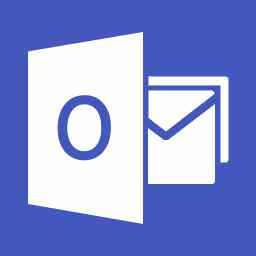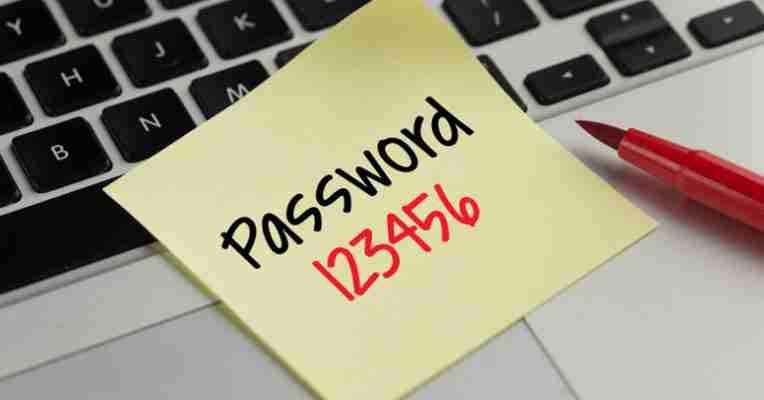Cybersecurity studies say the most common password in the world is 123456. If you’re reading this article and you have that password for any of your accounts, here’s some advice: change it right now.

How to detect sscam emails
Users don’t spend enough time creating good passwords to protect their personal services. What happens next? Well, now more than ever, all accounts are vulnerable to possible attacks by hackers (after all, 123456 isn’t very difficult to try out…).

In today’s Softonic post, we’ll show you five tips to better secure your Microsoft and Outlook accounts . Of course, these apply to any system where a password is required.
Tip 1: numbers and letters
Although many services already require you to have a password with numbers and letters , there are still many that don’t. And that’s a mistake: using this mix is the best way to secure your account better. And if letters and numbers are interspersed, the complexity of the password increases exponentially.

Tip 2: avoid your birthday
If 123456 is the most common password on the planet, the second is the person’s date of birth. Thanks to the Internet, it’s not hard to get access to somebody’s birthday. So, if a hacker knows your email address and also your date of birth, you’re toast. Avoid putting your birthday as your password. And if you do, at least change the digits (year, day and month, for example, instead of day, month and year, as is common).
Tip 3: recovery
If you’ve lost your password or somebody tries to access it, the next step the system takes is the “security question. Finding out who your mother, father or brother is can be easy, but is it as simple to find out who your childhood best friend was? Choose a question with more complexity behind it. Only you will know the answer, which guarantees above-average security levels.
Tip 4: trust in secure PCs
This is a classic: you’re on a computer that isn’t yours, and you enter in your email address. Have you stopped to think if it’s secure? Many PCs that we access daily may not be well protected… and we’re leaving all our info right there. Make sure that every time you log onto a device, it has an antivirus installed, it’s looked after by a trustworthy person and it undergoes periodic updates, etc.
Tip 5: log out of your session
It seems like a joke, but it isn’t. Many users log onto a PC that isn’t theirs… and on top of that, they leave the session open! Be very careful with this. It’s not just that the computer isn’t yours, but also that you’ve left the session open for anybody to see. Yup, you’ve definitely had access to an account or left yours open at some point.
One option for avoiding this problem, if you’re an absent-minded person, is to use incognito mode:
How to enable private browsing mode on different browsers
All the Best Free Software for your PC